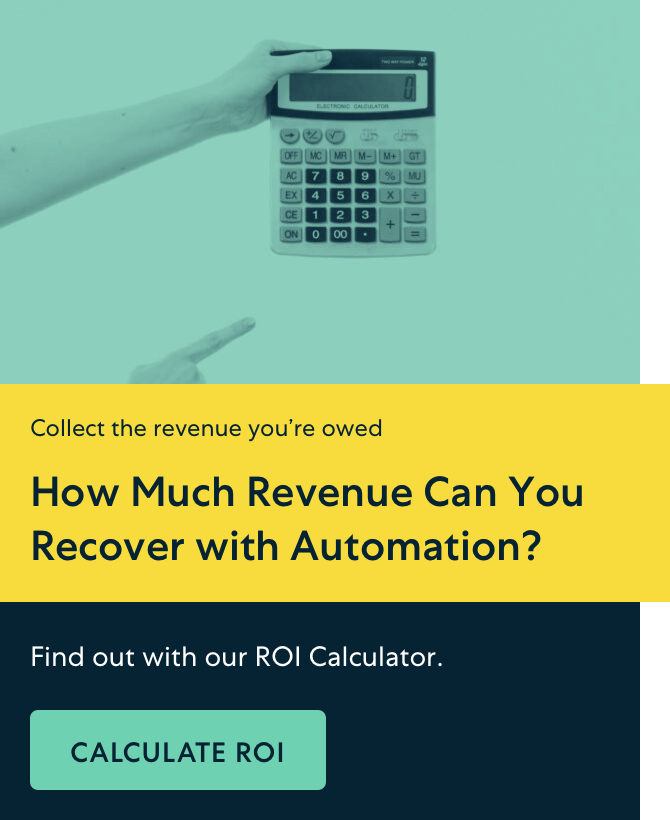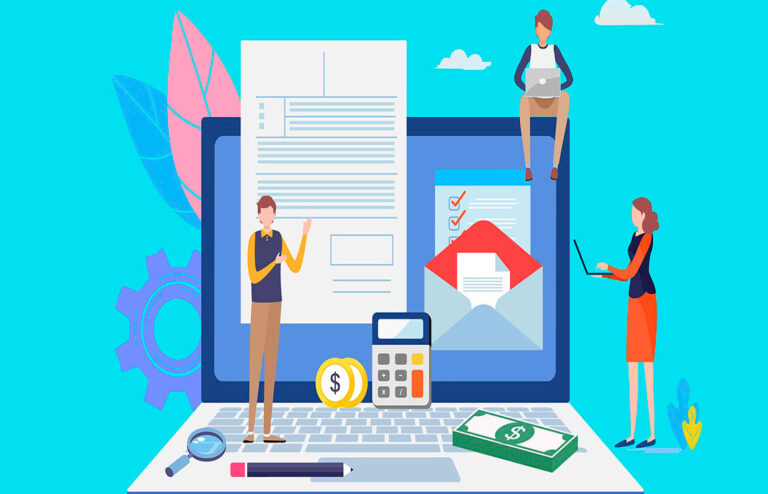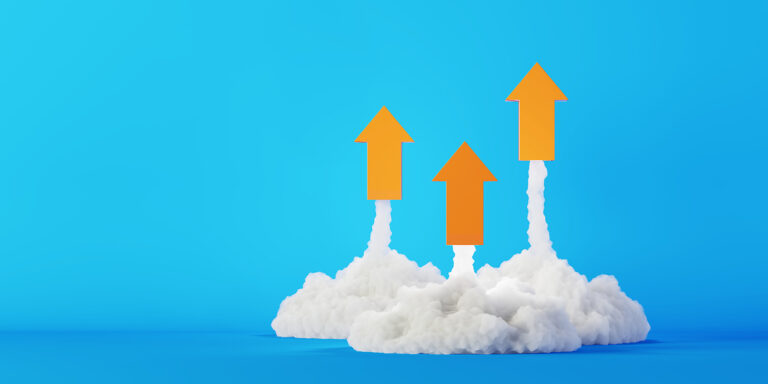Software-as-a-service (SaaS) usage hit 56% worldwide, with global spending projected to reach $247 billion in 2024.
That’s a lot of transaction volumes, subscriptions, and billing cycles to account for.
If you’re a SaaS provider, you’ve likely felt this surge firsthand. Your team works overtime managing subscription changes, upgrades, downgrades, renewals, and recurring payment collections.
Add to that the biggest headache of all: reducing churn while absorbing sky-high processing fees.
Fortunately, SaaS invoicing software eliminates these billing complexities. It streamlines recurring billing cycles, manages multiple pricing models, and gives you full control over your cash flow.
Below are 9 core features to look for in SaaS subscription billing platforms. By the end, you’ll be confident in picking the right tool to scale your business.
TL;DR
- Choose easy-to-use platforms with customization options and automated billing features to save time and reduce errors.
- Make sure your platform integrates smoothly with your existing systems, scales as you grow, and keeps your data locked down with top-tier security measures.
- Opt for real-time reporting, flexible payment options, and solid support to streamline billing in the long run.
9 Billing & Invoicing Software Features That Streamline SaaS Subscriptions
Without the proper subscription billing software, you risk relying on disjointed tools that only make your billing process more complex. These can lead to inefficiencies and increased manual work that can later snowball and impact your bottom line.
Look for these 9 essential features to deliver a seamless SaaS billing experience for your team and subscribers.
1. User-friendly interface
Finance teams and customer success managers aren’t always tech experts. Having an intuitive user interface can save them countless hours of frustration.
Look for easy-to-use SaaS billing platforms that don’t require coding knowledge or advanced training to perform everyday tasks. The basics include:
- Drag-and-drop tools for customizing templates
- Mobile accessibility for managing invoices on the go
- Clear dashboards for performance tracking and reporting
- Search and filter functionality
It’s always smart to take advantage of free trials and demos when testing a SaaS billing system. How long does it take to finish basic tasks? Can new team members pick it up and use it with minimal training?
Research and compare your options, and spot the red flags in the process. If the system feels clunky or isn’t responsive, it’s best to consider alternatives.
2. Customization options
Strong personalization helps brands outperform revenue goals by 48% and improve customer loyalty by 71%.
Your subscribers interact with your billing processes every cycle. The more you personalize these critical, recurring touchpoints, the more you solidify their trust and reduce churn.
Opt with a provider that lets you customize invoicing and payment processing elements, including:
- Branded invoices with logos, custom colors, and typography
- Flexible templates for adding custom fields (e.g., payment terms or tax rates)
- Customizable billing cycles and payment schedules
- Support for add-ons, upsells, or one-time charges
- Support for multiple currencies and region-specific regulations
- Customer portals for quick access to billing, payment, and subscription details
Custom invoices, flexible payments, and on-brand reminders—these details stack up and create a frictionless customer experience. And they all depend on your billing platform’s customization capabilities.
3. Automated features
Automation takes the grunt work off your plate. You don’t have to waste hours tweaking and generating recurring invoices, monitoring payment statuses, and cross-checking payment discrepancies.
Take it from Avionica, a flight data and communications management solution. They saved 30 hours a month spent on clunky billing workflows after automating with Stax Bill.
Check for dunning management features as well. Involuntary churn makes up over 40% of all churn—imagine how much revenue you could save every time this nifty tool catches those missed payments.
Stax Bill helps reduce involuntary churn with built-in payment retries, automated reminders, and email and SMS notifications for failed payments.
If the customer’s primary credit card fails or expires, the system can attempt payments using these other saved payment methods.
On average, Stax Bill’s automated dunning tools recover 4% of lost revenue. The smarter your billing automation, the better your bottom line.
4. Third-party integration
SaaS billing software must not operate in isolation. Double-check your provider’s third-party integrations to ensure end-to-end functionality and eliminate data silos across your business’s lifecycle.
Here’s a checklist of essential SaaS invoicing software integrations to look for and why:
- Accounting software (QuickBooks, Xero, FreshBooks) – to automatically sync invoices, payments, taxes, and expenses for accurate revenue recognition and financial reporting
- CRM and ERM platforms (Salesforce, HubSpot) – to consolidate customer data, subscription changes, and billing histories and maintain a single source of truth
- Payment gateways (Stripe, PayPal) – to accommodate global transactions
- APIs for custom integrations – to integrate with any other tools in your tech stack
Before you commit, do the legwork upfront and audit your existing tools. See if they integrate with the billing platform to avoid costly manual workarounds down the line.
5. Long-term scalability
The last thing you want is to get caught in a billing bottleneck when your business takes off. Don’t choose a billing solution that works only for your current size—pick one that fits your future growth plans.
Project your growth over the next 12 to 18 months and verify if the platform can handle that volume and complexity.
Cloud-based billing models are inherently scalable, but ensure they check these key boxes:
- Multi-user access and role-based controls for expanding teams
- Support for add-ons like advanced reporting, subscription management, or international billing
- Flexibility for pricing models including tiered and usage-based pricing
- Seamless adaptability to upgrades, downgrades, and changing billing needs without costly overhauls
With long-term scalability, your SaaS billing system doesn’t crumble under pressure. You can expand your customer base and diversify your payment methods as you want without disruption.
6. Data security
84% of IT professionals admit that human error has led to data loss in their organizations. Even more concerning, 82% reported that third-party apps or integrations were responsible for data loss at least once.
Whether it’s human slip-ups or vulnerabilities from external tools, billing platforms aren’t immune to security risks. Research your provider’s data security efforts to avoid the expensive fallout of a possible data breach.
Stax Bill, for instance, undergoes annual third-party audits and employs robust firewalls, encryption, intrusion detection, and role-based access controls to protect your billing data.
Our SaaS billing system complies with industry regulations, including GDPR, SOC 2, and PCI. These certifications strengthen your security posture, protecting your business from fines, reputation risks, and customer trust loss.
7. Reporting and analytics
Real-time data—no matter how rich and insightful—is useless if buried under rigid reports and cluttered dashboards. The best SaaS billing solutions make information accessible to everyone on your team, from the billing department to upper management.
Your software providers must track and display these SaaS metrics in clear, customizable reports:
- Monthly recurring revenue (MRR) – predictable monthly revenue generated from subscriptions
- Annual recurring revenue (ARR) – MRR’s yearly equivalent; bigger picture view of your long-term revenue stability
- Customer lifetime value (CLV) – how much revenue each customer brings over their lifetime
- Customer acquisition cost (CAC) – the cost it takes to acquire a new customer
- Average revenue per user (ARPU) – tracks customer spending habits and identifies opportunities for upselling or cross-selling
- Churn rate – the percentage of customers lost over a period
Revenue recognition is tricky for subscription businesses since income accrues gradually—not at the point of sale. Having revenue management tools in your billing platform can be a life-saving feature.
For example, Stax Bill has a built-in ASC 606-compliant revenue recognition module to simplify this logistical nightmare.
Invest in a billing system that drives smart decision-making and keeps your financial statements accurate, consistent, and audit-ready.
8. Flexible pricing models
Flexible pricing models allow you to switch or modify your plan as your SaaS billing requirements change. That means you’re still in control of your subscription structure, whether you scale up, downsize, or pivot your offering.
Look for SaaS invoicing software that makes it easy to adjust subscription tiers based on usage or customer demand.
Keep an eye out for the following pricing plans you may encounter:
- Free vs. paid plans. Some providers offer free tiers with limited functionality. Compare both free and paid plans to see if the paid one justifies the cost.
- Flat-rate pricing vs. usage-based billing. Flat-rate pricing charges a fixed rate per month, so costs are predictable. Usage-based billing is more scalable as it depends on the number of invoices and other variables.
Get a detailed rundown of all possible costs upfront. It’s also helpful to read user reviews to see if others have faced unexpected fees.
You won’t overpay for features you don’t need or get locked into inflexible subscription models with the right provider.
9. Reliable customer support
You’ll be left with a backlog of billing discrepancies and client disputes with a slow support team. Even the tiniest billing problems are ticking time bombs. The bigger the blow-up, the longer they’re left unresolved.
Know your support service-level agreements (SLAs) to head this off. SLAs define the response and resolution times to expect from your billing provider’s customer support team.
Top-tier platforms guarantee fast response times and clear resolution windows. They also offer multiple support options, including:
- 24/7 live support via chat, email, or phone.
- In-depth knowledge bases (e.g., guides, FAQs, and video tutorials)
- Active user communities for peer-to-peer support and tips
Fast, reliable support can prevent small problems from blowing up into major disruptions. Working with the right provider is like having a third-party extension of your in-house team.
How Stax Bill’s Subscription Management Platform Fuels SaaS Growth
Good SaaS invoicing software balances ease of use, customizable billing, automation, seamless integrations, scalability, data security, real-time reporting, flexible pricing, and expert support.
Opt for free trials or demos first to test out your options. This hands-on experience lets you assess real-time performance and see how well it suits your team.
Start with Stax Bill today—request a free demo to learn how we take the pain out of billing for B2C and B2B SaaS companies.






